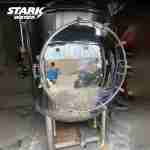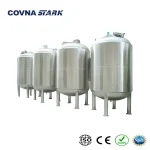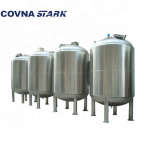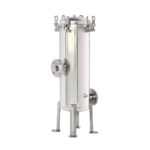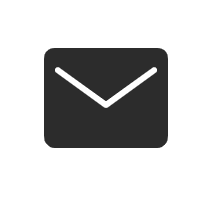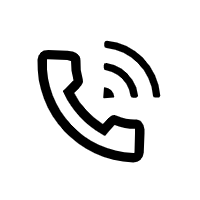1) When is 1000L the right size?
- Typical use cases: RO/DI buffer on 1.0 to 1.5 m3/h skids; pharma utility water hold; beverage or cosmetics batches; intermediate storage on compact lines.
- Quick sizing rule:
Buffer volume (L) = process flow (L/min) x required hold time (min).
Example: 25 L/min x 30 min = 750 L → choose 1000 L for headspace, fittings, and future peak. - Space planning: keep at least 600 mm service space around manway and CIP ports; allow headroom for vent/overflow and lifting lugs.
- Orientation: choose vertical for small footprint and faster drain; choose horizontal for low ceiling rooms and easier insulation on large jackets.
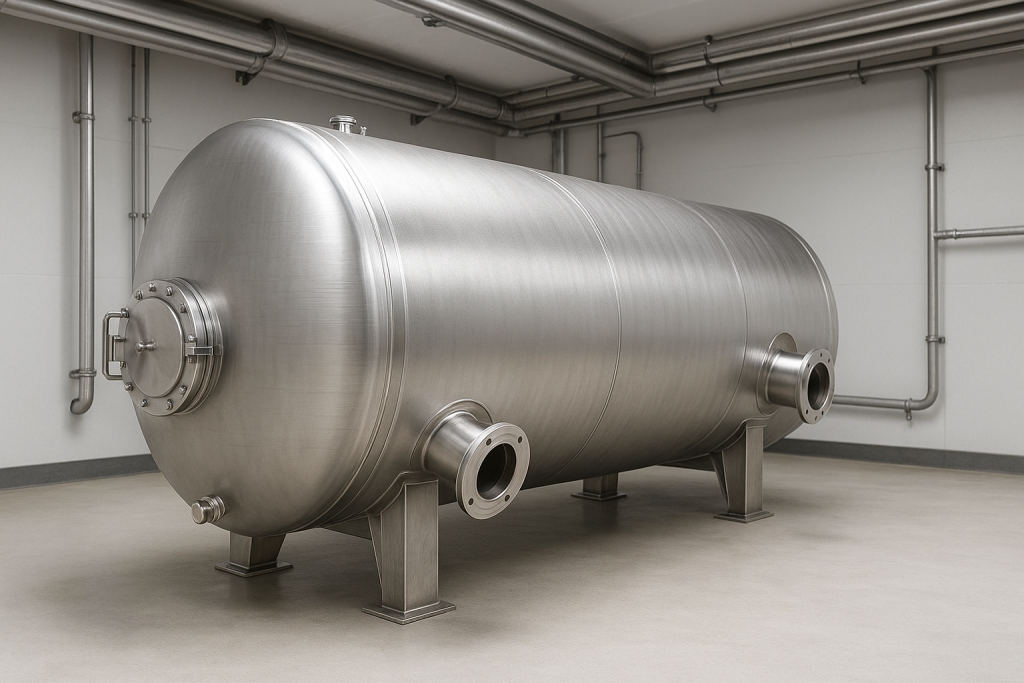
2) Material selection: 304 vs 316L (media compatibility)
| Medium / Condition | 304 | 316L | Notes |
|---|---|---|---|
| RO/DI or neutral water | Yes | Yes | 304 is sufficient; 316L preferred for pharma or stricter regimes |
| Chlorides up to 200 ppm (ambient) | Caution | Yes | 316L resists pitting and stress corrosion better |
| Chlorides above 200 ppm or warm service | No | Caution | Consider 316L plus tighter Ra, temperature control, or lining |
| Mild acids/alkalis | Caution | Yes | Confirm concentration and temperature; add passivation program |
| High-purity or pharma (including WFI) | Caution | Yes | 316L plus low Ra (0.6 to 0.8 um), EP optional |
Best practice: request pickling and passivation after welding to restore the chromium-oxide layer. If you run hot CIP or higher chlorides, keep exposure time short and rinse thoroughly.
3) Surface finish and cleanliness targets
- Interior finish options:
- Brushed: Ra about 0.8 to 1.6 um (food grade, economical)
- Mirror-polished: Ra about 0.6 to 0.8 um
- Electropolished (EP): Ra 0.6 um or lower (pharma or ultra-clean)
- Exterior: brushed or 2B; add insulation jacket for chilled or hot media.
- Weld treatment: grind/flush as needed, then pickling and passivation; provide weld maps on request.
4) Construction details (1000L reference)
- Shell and heads thickness: typically 2.0 to 3.0 mm (project-specific; confirm by pressure and loads).
- Top or side manway: quick-open type, EPDM or silicone gasket.
- Connections: tri-clamp for sanitary lines; ANSI or DIN flanges for utilities.
- Supports: adjustable legs with anchor plates (vertical) or saddles (horizontal).
- Pressure rating: standard tanks are atmospheric and vented. If pressurized, specify design pressure and applicable code early.
- Options: level gauge or transmitter, sight glass, spray ball, coil or jacket, insulation (PU or rock wool with SS jacket), calibration strip.
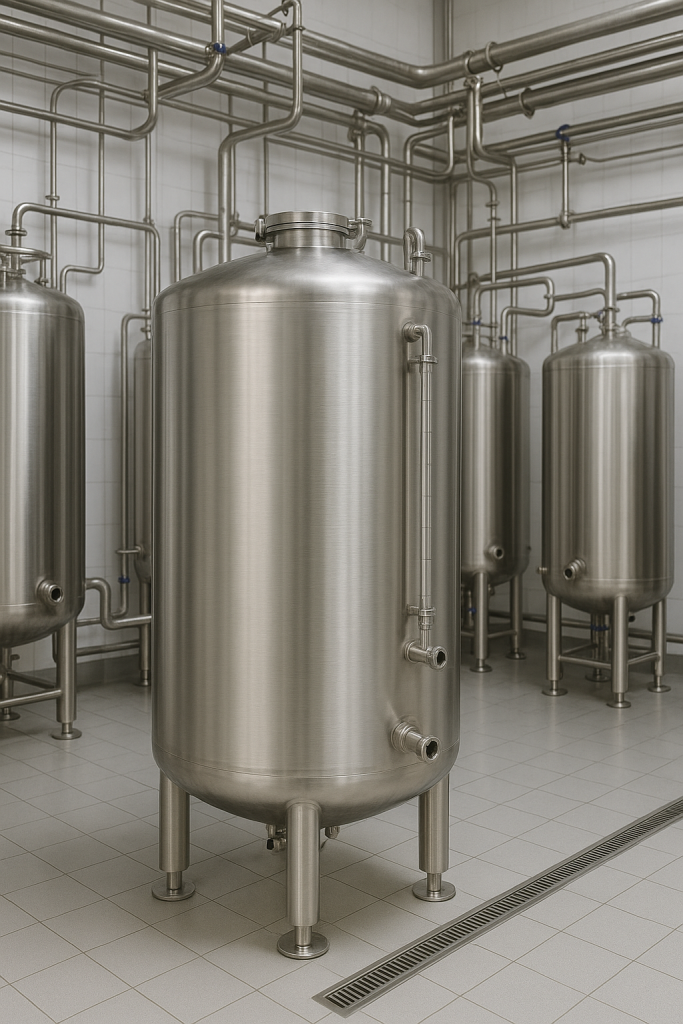
5) Typical dimensions (guideline ranges)
Final GA drawing depends on pressure, legs or skirt, and nozzle plan. Use these as a starting point.
Vertical 1000L
- Diameter: Dia. 800 to 1000 mm
- Straight height (no nozzles): 1600 to 1800 mm
- Conical or dished bottom with drain slope 1 to 2 percent
Horizontal 1000L
- Diameter: Dia. 900 to 1100 mm
- Shell length: 1200 to 1600 mm
- Two saddles with anchor holes; maintain base flatness within plus/minus 2 mm per meter
6) Suggested nozzle schedule (customize per process)
| Service | Size (typ.) | Connection | Notes |
|---|---|---|---|
| Inlet | DN25 to DN40 | Tri-clamp or Flange | Baffled entry to reduce turbulence |
| Outlet/Process | DN32 to DN50 | Tri-clamp or Flange | Lowest point; slope to drain |
| Drain | DN25 to DN40 | Tri-clamp or Flange | With hygienic ball valve |
| Vent/Overflow | DN25 | Tri-clamp | Option for sterile filter on pharma |
| CIP/Spray ball | DN25 | Tri-clamp | Fixed or rotating; validate coverage |
| Instrument | DN20 | Tri-clamp | Temperature or level ports as required |
| Manway | 300 to 400 mm | Clamp or bolted | Top for vertical, side for horizontal |
7) Documentation and tests you can request
- Hydrostatic pressure test (for pressure vessels) or leak test for atmospheric.
- Material certificates (for example EN 10204 3.1).
- Weld records and passivation log; optional weld map.
- Surface finish report with measured Ra (if EP or mirror).
- FAT or SAT checklist on request; installation guidance.
8) Installation, start-up, and cleaning checklist
- Foundation: level base; check load capacity; anchor legs or saddles.
- Piping: keep straight runs to pump; verify NPSH; add expansion loops on hot lines.
- Vent and overflow: route safely; avoid dead legs.
- Electrical and controls: ground the tank; integrate level switch or transmitter if used.
- Commissioning: flush, leak check, passivation rinse if required, final rinse to stable conductivity; microbial check for high-purity lines.
- CIP tips: validate spray ball coverage; use recommended chemistry, time, and temperature; rinse to baseline conductivity.
9) Options and upgrades
- Insulated jacket for thermal stability.
- Electropolishing for pharma or high-purity lines.
- Agitation (top-mounted axial or side-entry mixer) for blend tanks.
- Smart monitoring: 4-20 mA, Modbus, or LoRa level transmitters for remote alarms and batch validation.
- Skid interface: lifting lugs, tie-down points, quick couplings for fast change-over.
10) Download and related items
- Download: Generic Specification — 1000L Stainless Steel Water Tank (PDF)
- Related products:
- 1000L Horizontal Stainless Steel Water Tank
- 1000L Vertical Stainless Steel Water Tank
- Related cases:
- Pharma plant — 1500L 316L sterile tank with electropolish finish
- RO system — 1000L 304 SS tank for DI buffer
(Replace the bullets above with your actual product and case links when ready.)、
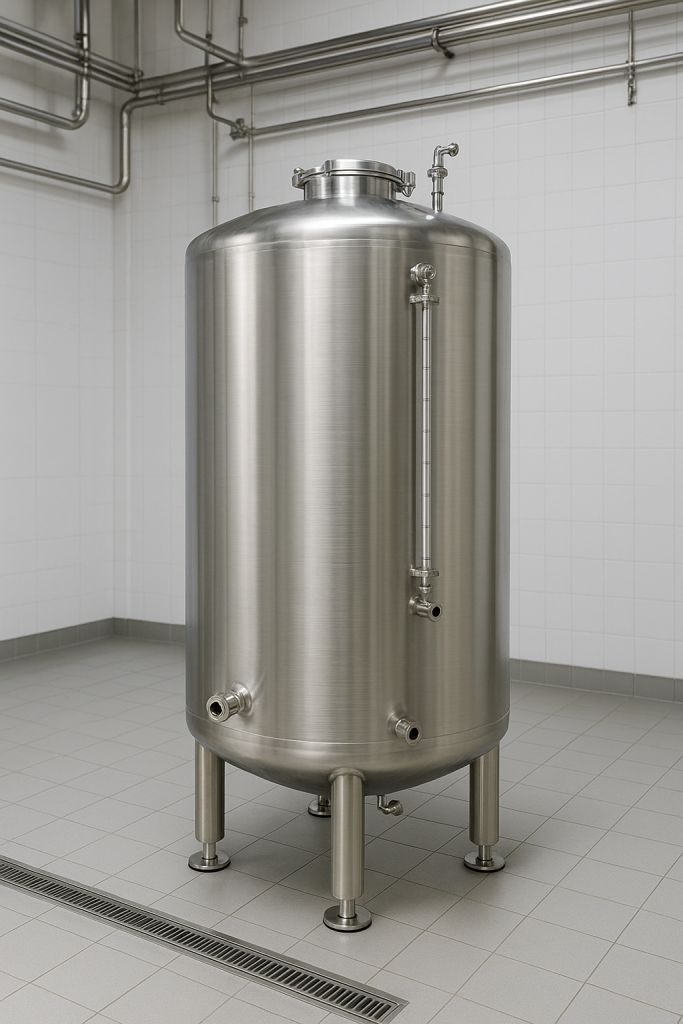
FAQ
- How much working volume do I get from a 1000L tank?
Plan for 80 to 90 percent working volume to leave headspace for mixing and thermal expansion. - Should I choose 304 or 316L?
304 suits neutral RO/DI water; 316L offers better resistance to chlorides and is preferred in pharma or high-purity applications. - What interior Ra is appropriate?
Food grade: Ra about 0.8 to 1.6 um. High-purity or pharma: 0.6 to 0.8 um, often with electropolish. - Do I need a pressurized tank?
Most storage or buffer uses are atmospheric with a vent. If your process requires pressure, treat it as a pressure vessel and specify design pressure and code from the start. - What tests and documents are included?
Hydrostatic or leak test, material certificates, passivation record; weld map and surface report on request. - How should I clean the tank before first use?
Rinse, alkaline wash, water rinse, passivation if required, final rinse until conductivity baseline; then validate. - Can I add a spray ball later?
Yes. Reserve a DN25 tri-clamp port at the top and verify pump flow and pressure to achieve coverage. - What if my room height is limited?
Choose a horizontal 1000L tank with saddle supports to keep overall height low while maintaining maintenance access.
Call to Action
Get Specs and Quote
Email: [email protected] | WhatsApp: +86-18520151000
Last updated: Aug 2025

